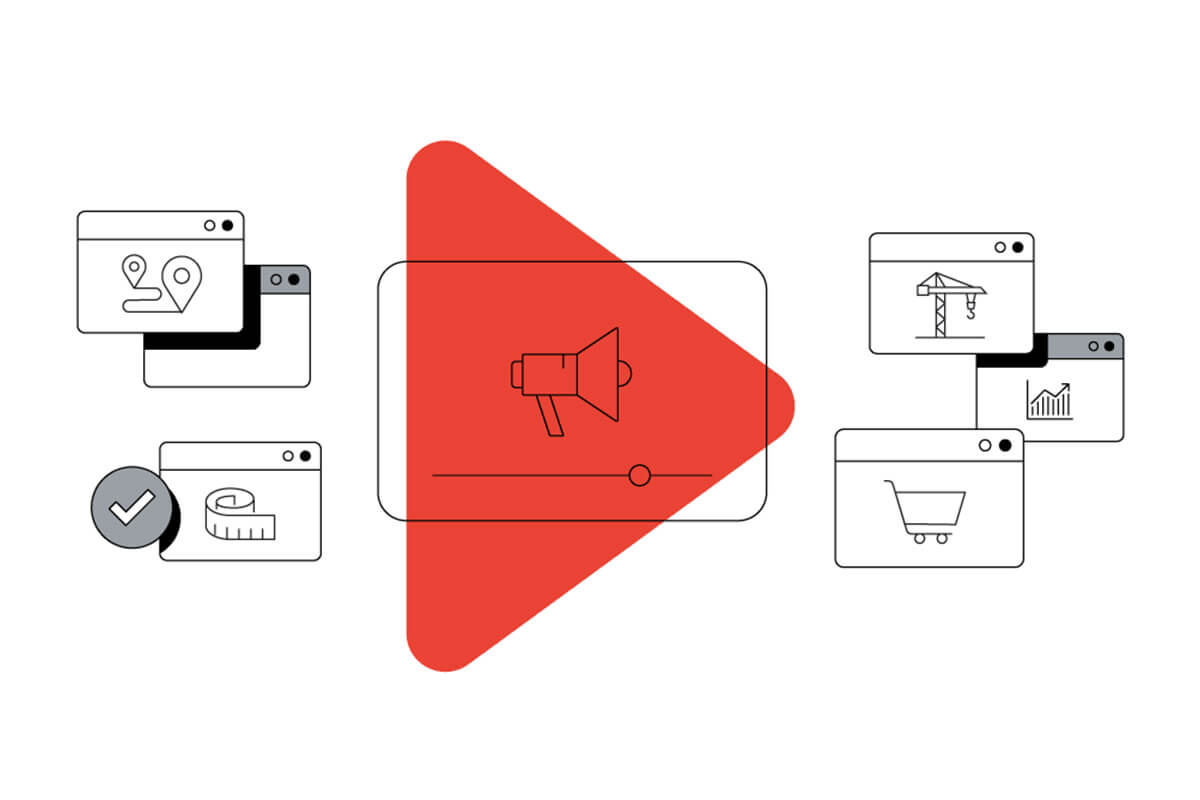Drive Attention with Contextual Targeting | 17 Aug, 2022

In today’s world, it is not an easy task to grab attention of consumers. Besides their own personal tasks, they are surrounded by a lot of content on their smartphones. They tend to focus on only the content that interests them, ignoring other content posts.
So, if an unrelated ad appears in front of a person watching a cricket match, he is definitely going to get irritated and angry. He would question why such an ad is being shown, which is totally out of context of what he is currently watching.
Consumers’ tolerance for irrelevant ads is decreasing at a fast rate and so is the return on investment for those marketers that show such ads. As some of the web browsers have phased out third-party cookies and Chrome is going to do this in future, the third-party party- based ads that follow consumers from one website to other and irritates them, are destined to come to an end.
Contextual Advertising is the Solution
Contextual advertising serves ads that match with the content being consumed. This makes them highly non-interruptive and non-irritating to consumers. By serving contextually relevant ads, brands boost engagement with audiences and increases the chances of conversion.
A research survey was conducted in which eighteen hundred consumers based in the United Kingdom took part. The survey considered different types of interest categories, namely – beauty, automotive, and food and drink. On the basis of the ad targeting strategy deployed, the survey participants were grouped into four classes, viz. – contextual targeting, no targeting, demographic-based targeting, and interest-based targeting.
The survey found that participants under the contextual targeting group showed two and a half times more interest. Participants who viewed contextually relevant ads had a thirty-two percent more chance to act in comparison to those participants who were grouped under demographic-based targeting.
The research survey shows that contextual targeting not only helps in triggering a sale, but also arouses a positive feeling of receptivity regarding the interest category among consumers. Contextual ad targeting also makes people positively disposed to ads.
Contextually placed ads drive sale of niche goods. When consumers are consuming niche content along with contextually relevant ads, then their chances to buy niche products increases significantly. By using the contextual approach to digital advertising, marketers are able to reach even previously unidentified audiences.
As consumers are paying more attention to the quality of ads that they are served with, the traditional random ad targeting cannot meet the purpose. The only way for marketers to serve ads that are non-irritating and attention-grabbing is to resort to contextual advertising.

BLOGS
Decoding the Digital Holiday Shopper: A Guide for Brands
It is almost that time of year again—the time when the streets are decked with lights and joy is all around. The holiday season is around the corner, and with it comes the bittersweet joy and stress of gift buying. Indeed, research suggests that holiday shoppers these days start planning, ...

BLOGS
The YouTube Effect: How Brands Are Seeing Mind-Blowing Results!
Welcome to a new era of entertainment, where YouTube isn't just a platform—it's a cultural phenomenon. A few years ago, who would have thought that creators from all corners of the globe would rival traditional TV networks in popularity? Today, YouTube is the third most visited website worldwide, with users ...

BLOGS
Holiday Advertising Strategies: How to Use Video Ads to Skyrocket Sales
Let's be honest: the holiday season is a retailer's Super Bowl. Shoppers are primed to spend, and with online sales projected to reach a colossal $957.3 billion in 2024 alone, the opportunity is bigger than ever. But in a sea of digital Santas and flashing "limited-time offers," how do you ...







